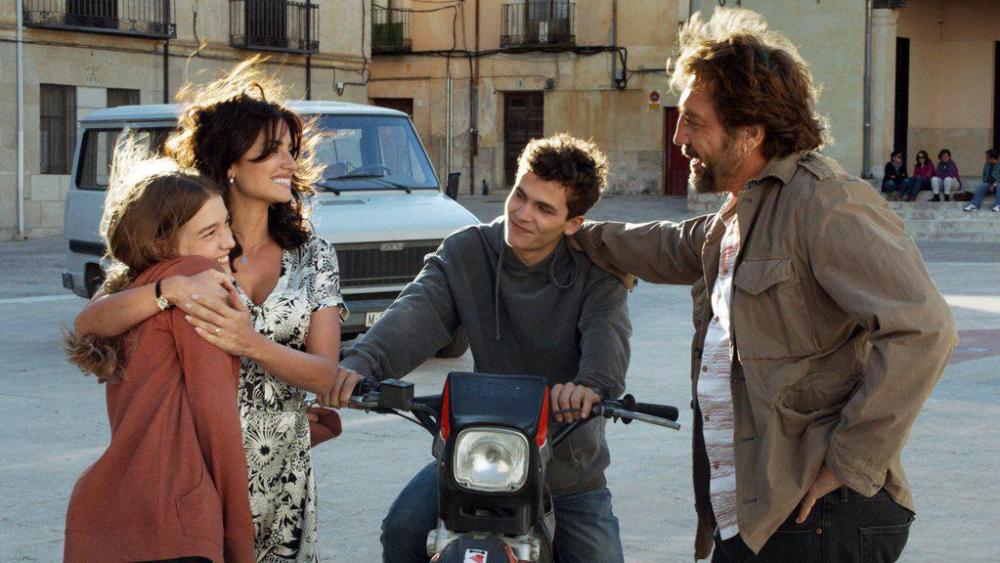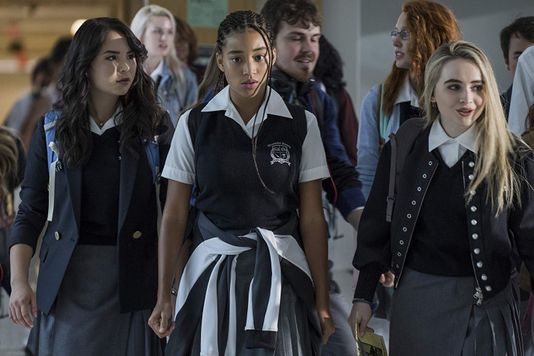In a small English town, Anna (Ella Hunt; The More You Ignore Me) is a high school senior with her eyes set on forging her own path once school is over. As her father drops off her and her best friend John (Malcolm Cumming), they accidentally reveal that she is planning to travel the world instead of going to college after graduating which leads to a huge argument. At school, her classmates are preparing for the annual Christmas pageant that she intends to miss so she can pick up an extra shift at the bowling alley and pay for her upcoming trip. Oh, and there’s also a virus outbreak spreading that turns everyone into zombies. That’s important too.
The overall production can feel a bit amateur. There are a few larger scenes with surprisingly elaborate special effects but the majority of the film is limited to small sets that make the apocalypse feel confined and localized to the few buildings shown rather than a widespread issue. The acting also shows a lack of experience. The performances aren’t terrible but the overeager delivery combined with an often cheesy script can make the characters seem like dweebs. Eventually the earnestness of the dialogue wears down the initial annoyance. This is best exemplified in a scene where two boys argue about which of their favorite celebrities are still alive during the outbreak. When the dialogue is at its most inconsequential, and not in service of moving the plot forward, the characters feel natural and the social awkwardness becomes endearing in spite of the spotty acting.

Director John McPhail and screenwriters Alan McDonald and Ryan McHenry capture the tedium of high school. Several films have characters that are tired of their mundane small town life, but these filmmakers focus on the dopiness of Anna’s high school experience. At the Christmas pageant, two students wearing penguin costumes sing an original, pun-laden song called “The Fish Wrap” while dancing, or rather attempting to dance, hip hop. This is easily the best/worst song of the year, even better/worse than “Why Did You Do That?” from A Star is Born, and the hilarious track shows how unaware the rest of her school is of their own ridiculousness.
The music as a whole is more catchy than it has any right to be. Early tunes like “Breakaway” and “Hollywood Ending” are not only great songs, but are also relevant to the Anna’s motivation to leave her town and, unlike many recent musicals, all of the cast can actually sing. The music is also often a source of humor with puns, innuendos, and a great use of contrast between singing and the apocalyptic surrounding events. However, the tracks are not uniformly at this quality level and the strongest songs all play in the first third which leaves the film’s later music paling in comparison. Many of these songs also have accompanying dance numbers. At best these can be entertaining and at worst they are borderline High School Musical quality, but the effort is appreciated. Anna and the Apocalypse isn’t without its flaws, but the often catchy music and endearingly awkward characters balance out the lack of production polish.

3/5 stars.




















